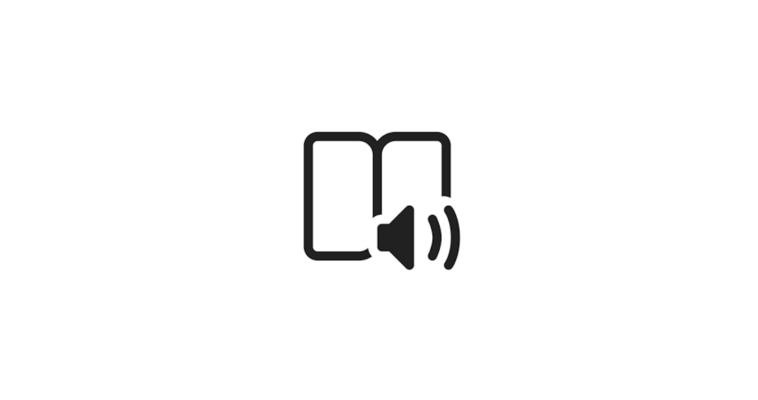
Immerse Yourself
Microsoft Edge’s Immersive Reader is a built‑in tool that enables you to customize how you read online for an easier, more accessible experience. Immersive Reader


Microsoft Edge’s Immersive Reader is a built‑in tool that enables you to customize how you read online for an easier, more accessible experience. Immersive Reader

Good cybersecurity health has become required for all of us, but the adage “out of sight, out of mind” seems to apply as over the
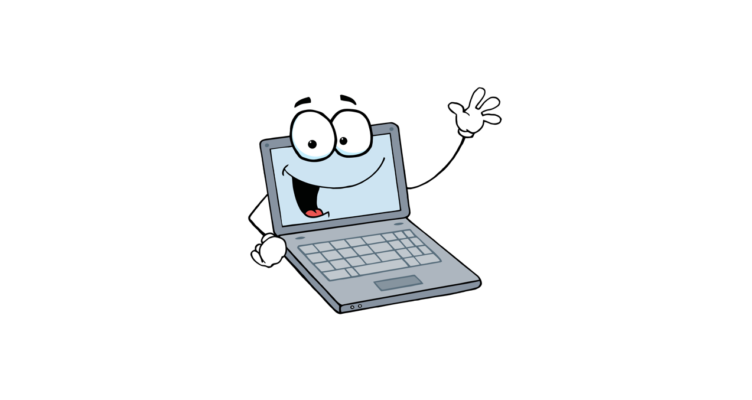
Power Saving Settings Can Significantly Reduce Energy Consumption and Save Electricity Did you know an idle PC uses 90 watts per hour? Compare that to a

A Little Organization and Cleanup on Your Computer Goes a Long Way All computers need regular organizing and cleanup. This includes the removal of old

January is National Clean Up Your Computer Month The start of a new year is a traditional time for new resolutions. You should consider resolving
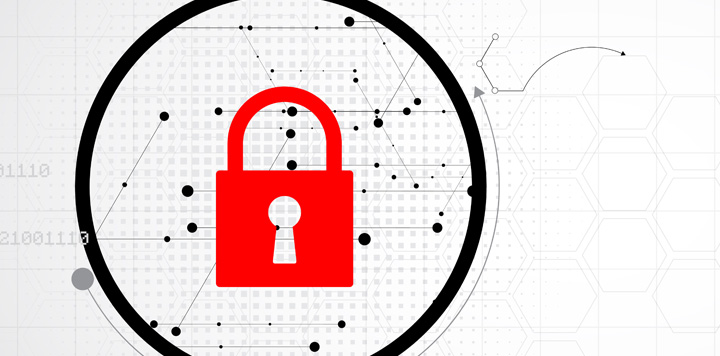
Get an Information Technology professional talking about cybersecurity and the conversation might never end. You’ll be lucky to get a word in edgewise. That’s because
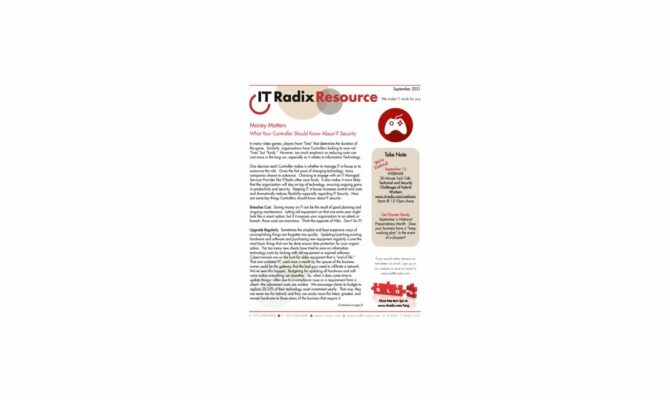
In this issue:
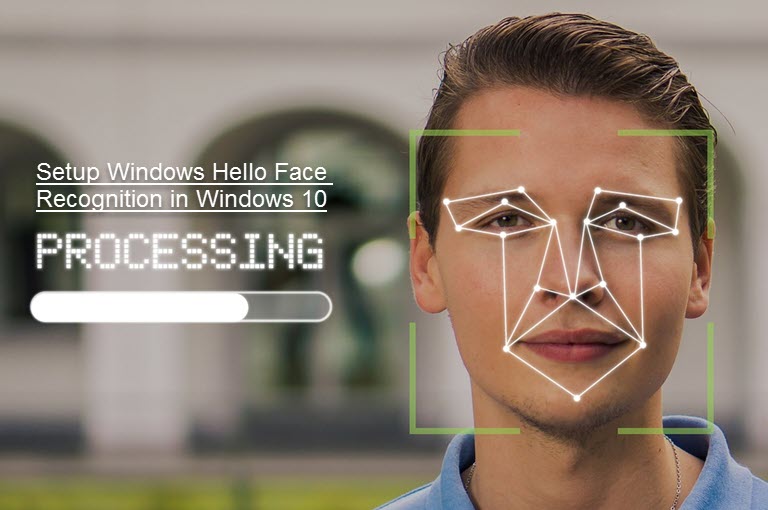
Windows Hello Harnesses the Power of Facial Recognition “Hello! Is it me you’re looking for? I can see it in your eyes; I can see
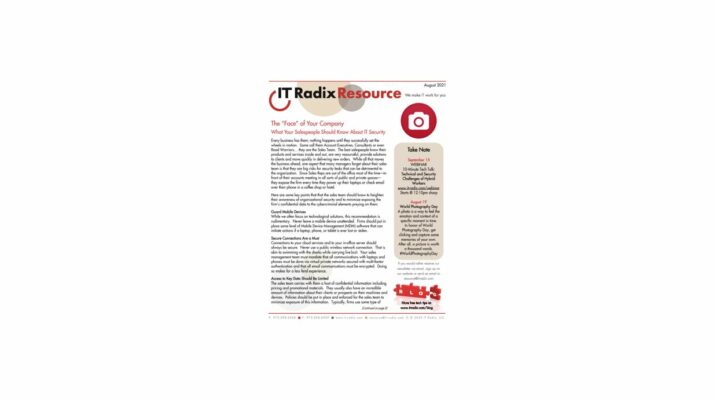
In this issue:
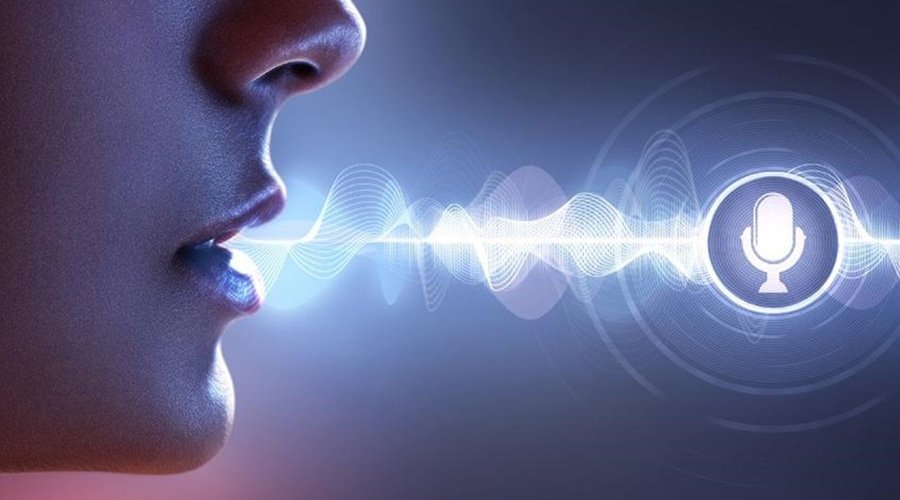
Voice Technology is a Great Productivity Tool Are you currently using the combination of a camera and microphone daily to communicate while working remotely? Then
"*" indicates required fields